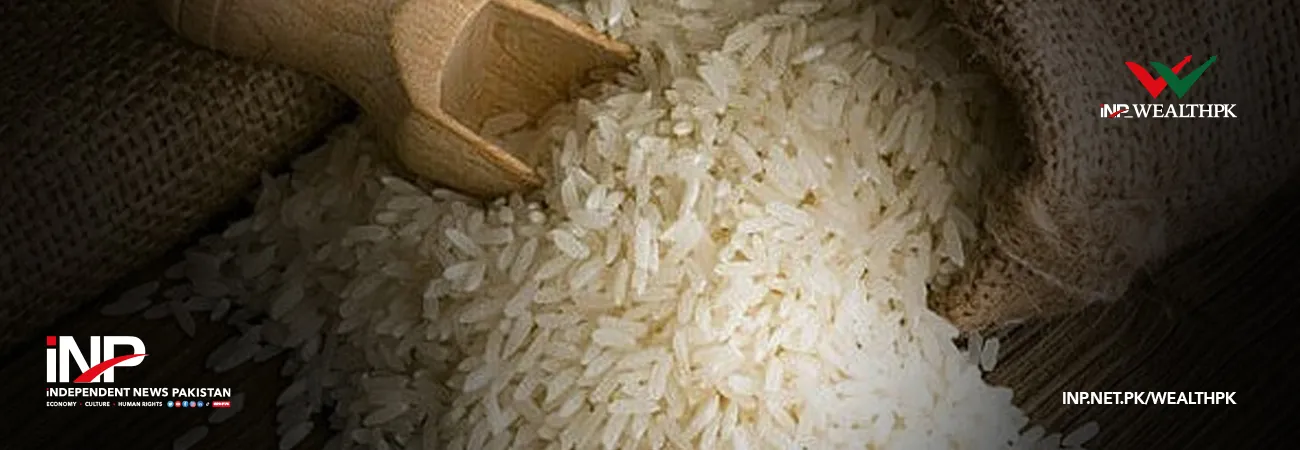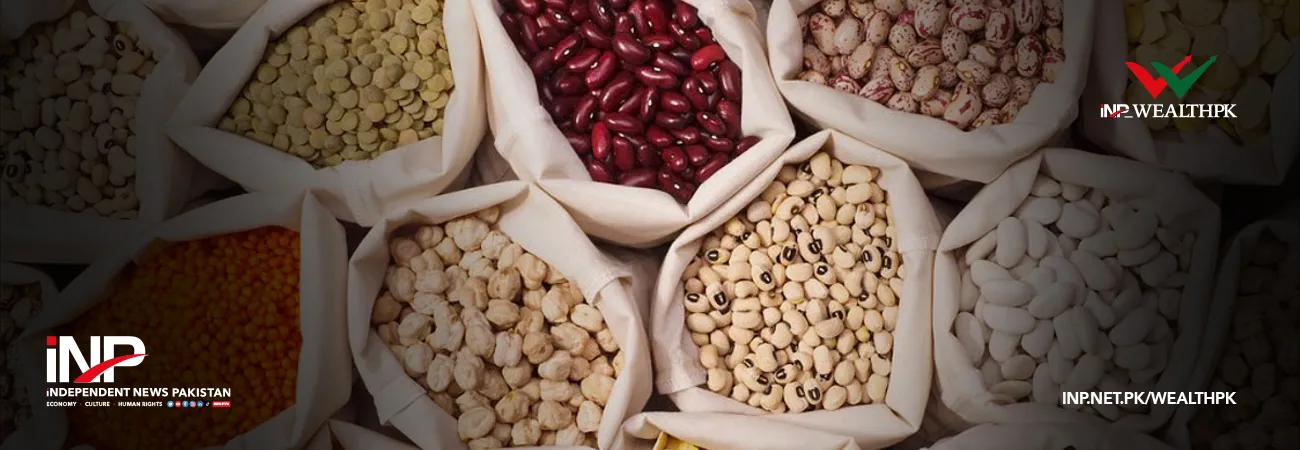INP-WealthPk
By Qudsia Bano ISLAMABAD, May 16 (INP-WealthPK): Raised bed planting, which involves digging furrows in fields and planting seeds on top of the furrows, is a tried-and-true farming method that promises water-saving and higher yields. It provides an alternative to some traditional practices that may inefficiently utilize soil and water resources, resulting in land degradation and water resource depletion. In wetter places, permanent raised beds are a sensible and cost-effective way to manage some waterlogged lands. Pakistan Council of Scientific and Industrial Research (PCSIR) Chairman D Syed Hussain Abidi said precision agriculture can assist in boosting agricultural output and water efficiency. Raised bed plantation, and drip irrigation, among other things, encourage small farmers to conserve water. Irfan Ahmed, Senior Scientific Officer, from Pakistan Agricultural Research Centre (PARC), told WealthPK that raised beds allow excess water to drain out of the beds into open collector drains, which ultimately discharge off the field (horizontal drainage). “Raised beds, as well as the drains that go with them, must be planned for safe and legal water disposal as well as efficient farming operations. Surface drains must be included in all raised bed installations,” he said. Irfan said the land is divided into small strips of raised beds separated by furrows with this approach. Crops are planted on the surface of the bed, and irrigation water is applied through furrows. The bed surface is nearly dry, and lateral water circulation meets the crop's water needs. Due to compaction caused by tractor and mechanical movement as well as irrigation water, the infiltration rate of the furrow bottom remains nearly negligible, allowing irrigation water to flow laterally into the bed region. Irfan said that for row crops like maize, soybean, cotton, sorghum, sunflower, and dry bean, a single row is planted on the top of each bed; for crops like chickpea and canola, one or two rows are planted per bed; and for wheat, two to four specified rows, spaced by 15-30 cm depending on bed width, are utilized. In general, farmers who use the bed planting technique remove or incorporate crop waste, demolish the beds by tilling the soil and re-create the beds before planting the next crop. Aside from their bad economic situation, our farmers are also unaware of the majority of modern procedures that have lately been developed. He said farmers continue to believe that there is a loss of cropland on raised beds as a result of empty furrows. “Farmers must be trained and their mindsets must change. It is the responsibility of researchers, scientists, and agricultural extension workers to disseminate new technology to farmers and educate them about the causes and consequences of lower crop yields. Farmers must adopt new techniques and approaches in order to increase the productivity and profitability of their operations,” he said. Irfan said raised beds provide significant irrigation water savings and enhanced yield by improving soil structure, reducing loose tilth reconsolidation, preventing waterlogging, and improving horizontal penetration of water to the center of the beds. In locations where groundwater levels are receding and herbicide-resistant weeds are an issue, raised-bed wheat planting is helpful. Wheat seeded with this technique in medium to heavy soils with adequate moisture yielded up to 8% higher yields. The plants on elevated beds receive more sunlight, which is vital for a healthy harvest. The utilization of natural resources is more efficient in this manner than in traditional sowing.













